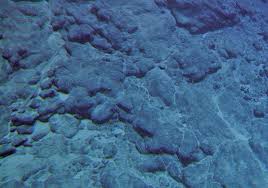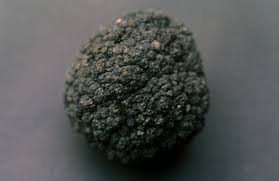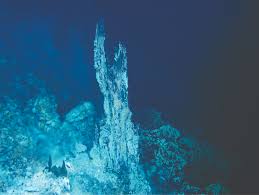Deep-Sea Minerals and Green Technology: A Treasure Beneath the Waves
In an effort to save our planet from the impending doom of climate change, green technology has come to stand as a shining beacon. Electric vehicles, renewable sources of energy, and advanced batteries have been its primary players. However, these technologies rely on rare and valuable materials. Surprisingly, many of these materials lie hidden beneath the ocean – in the form of deep-sea minerals. Let’s explore how these minerals are shaping the future of green technology, the opportunities they bring, and the challenges they pose.
What Are Deep-Sea Minerals?
Deep-sea minerals refer to rich deposits of metals on the ocean floor. These metals often accumulate in particular formations:
- Polymetallic Nodules: Potato-shaped rocks found across the ocean floor, full of metals like manganese, nickel, cobalt, and copper.
- Cobalt-Rich Crusts: On the tops of underwater mountains, they are found, cobalt-rich, which is important for battery components.
- Seafloor Massive Sulfides: They occur around hydrothermal vents and are important for their content of gold, silver, and zinc.



Why Are Deep-Sea Minerals Important for Green Technology?
Some of the green technologies, like electric vehicles and renewable energy systems, depend on a few metals in their manufacture:
- Lithium: Essential for lithium-ion batteries, which power electric cars and renewable energy storage.
- Cobalt: Used in batteries to improve performance and durability.
- Rare Earth Elements (REEs): Crucial for making magnets in wind turbines and electric motors.
- Copper: A key material in electrical wiring and components for solar panels and wind turbines.
Deep-sea minerals can be an abundant source of these metals, which may reduce our dependence on land-based mining that causes significant environmental damage.
How Are These Minerals Harvested?
Mining deep-sea minerals involves specialized technologies:
- Robotic Collectors:
- These machines crawl along the seabed to gather polymetallic nodules.
- Dredging:
- A technique that uses suction to collect crusts and sediments from the ocean floor.
- Hydrothermal Mining:
Extract valuable sulfides near hydrothermal vents through drills and pumps.
Benefits of Using Deep-Sea Minerals
- Powering Green Technology:
- Access to deep-sea minerals could ensure steady critical supplies for the electric cars, wind turbines, and solar panels.
- Reducing Impact of Land Mining:
- Land-based mining is usually responsible for deforestation, habitat destruction, and pollution. Deep-sea mining may help alleviate the pressure on terrestrial ecosystems.
- Energy Independence:
- Countries without large land-based mineral resources may rely on the sea to feed their green technology manufacturing industries.
Challenges and Risks of Deep-Sea Mining
- Environmental impact
The deep sea is a fragile ecosystem. Mining activities may damage marine life, disturb habitats, and release toxic substances. - Ethical Issues
The ocean is a common property. Questions about who should have the right to mine and how the benefits should be shared bring in ethical considerations. - Technological limitations
The extraction of minerals from depths greater than 4,000 meters is difficult and costly. - Regulation and Governance
At present, deep-sea mining is operated by the International Seabed Authority (ISA). However, it is still in its evolutionary stages regarding rules and regulation mechanisms.
Deep-Sea Mining Alternatives
Although deep-sea minerals are promising, work is being done to find other alternatives:
- Recycling:
- Recycling metals from spent batteries and electronics can make new mining operations less necessary.
- Finding Substitute Materials:
- Researchers are studying new materials to replace rare metals in the production of batteries and electronics.
- Ecological Land Mining:
Improving land mining so that this process would be less dangerous for nature.
Perspectives into the Future
Deep-sea minerals are potentially capable of changing the future of green technology, but we have to take things carefully. Here are some probable futures:
- Harmonious Development:
- It can balance mining and environmental conservation as a sustainable source of deep-sea minerals.
- Technology:
- Technological progress may help find safer, more efficient methods to exploit these resources.
- International Cooperation:
- Governments, companies, and scientists must collaborate in creating fair, sustainable practices for deep-sea mining.
Deep-sea minerals represent a hidden treasure which may have a very significant role to play in the green technology revolution. On the positive side, they are great opportunities. However, these come with great risks and challenges as well. While the ocean’s depths are being discovered, we must remember that sustainability is not just about materials; it is about how they are extracted and what will be left behind for posterity. With proper planning, scientific innovation, and global cooperation, deep-sea minerals could power a greener and cleaner world.

